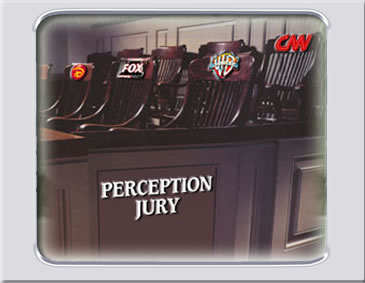 A few years ago I saw Janis Ian perform at Club Passim in Cambridge with my wife. Janis introduced a biopic-inspired tune with the insight that people are not really all that worthy of public spectacle. Celebrities are not the basis for celebration. It's the body of work that inspires and gives life to the individual gifts we contribute to a collective truth called civilization. I've always found ideas more interesting to discuss than people. Some truly redemptive treasures come from some pretty loathsome creatures.
A few years ago I saw Janis Ian perform at Club Passim in Cambridge with my wife. Janis introduced a biopic-inspired tune with the insight that people are not really all that worthy of public spectacle. Celebrities are not the basis for celebration. It's the body of work that inspires and gives life to the individual gifts we contribute to a collective truth called civilization. I've always found ideas more interesting to discuss than people. Some truly redemptive treasures come from some pretty loathsome creatures.I don't think that makes me a dweeb or misanthrope. But it does bring great joy to the imaginative and experiential side of life -- less so to the material and tangible forms that define "the real world" in a person-centric model. Me? I'd rather float a concept than drop a name any day.
In that spirit I have come to praise the brainy, provocative journalism of Sharon Begley. I've never seen her subjective self in the interview seat, on a conference panel, or an Amazon alert at the bottom of my convolutional shopping cart. I've never sought out a grouping of topics or a collection of resources with her running keyword interference as a vaunted opening into an otherwise flimsy or ill-formed framework for describing our mental conditions, cognitive functions, and neural circuitries. Her smarts are not about shining the brightest but about fusing together the patterns and relationships that occur in the real experiential world -- mapping the machinery of neuroscience to the actions we take and outcomes we seek. It's 10 mg of Ritalin and a glass of warm milk.
A recent piece she ran in Newsweek called Why Everything You Hear About Medicine is Wrong was a splendid profile of a myth-busting gadfly of big pharma fears and conceits named John Ionnidis, Chief of Stanford University's Prevention Research Center. The piece shows how reducing every chemical redirect to pill form provides a blank check for making unsubstantiated medical claims:
Ioannidis’s first targets were shoddy statistics used in early genome studies. Scientists would test one or a few genes at a time for links to virtually every disease they could think of. That just about ensured they would get “hits” by chance alone. When he began marching through the genetics literature, it was like Sherman laying waste to Georgia: most of these candidate genes could not be verified.
Her point (Begley channeling Ionnidis) is that the circle of common sense that surrounds most medical consumers is much smaller than a universal willingness to believe a cause-and-effect relationship every time a a sponsor study/tester pierces the genome dartboard. All it takes is a hypothetical outcome. It doesn't hurt to test approved drugs for other uses. Boing! Again, it's hits by chance. Genome-testing industry? Meet search engine optimization:
By testing an approved drug for other uses, they get hits by chance, “and doctors use that as the basis to prescribe the drug for this new use. I think that’s wrong.” Even when a claim is disproved, it hangs around like a deadbeat renter you can’t evict. Years after the claim that vitamin E prevents heart disease had been overturned, half the scientific papers mentioning it cast it as true, Ioannidis found in 2007.
What ever comes of health care reform, debt ceiling stand-offs, or error-prone medical research, we owe a debt to empirical idealists like Ionnidis for removing our evidentiary blinders and Sharon Begley for her rigor, skepticism, and her regular filing of routine victories over conventional thinking.




